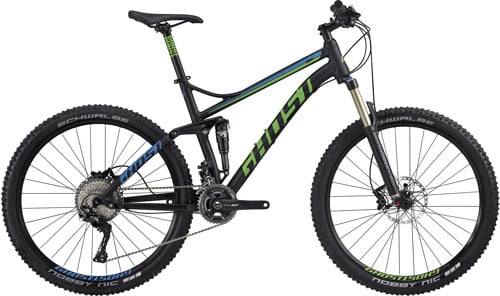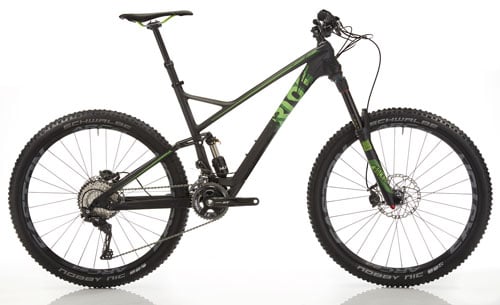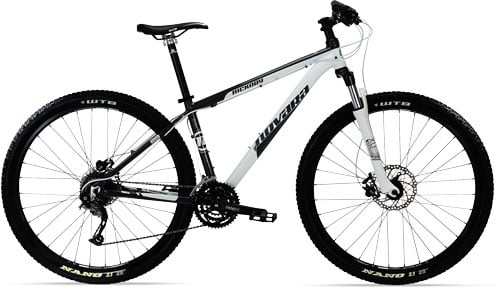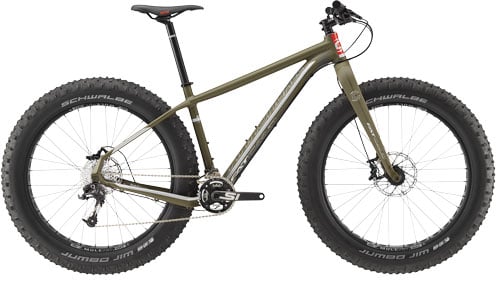Types of Mountain Bikes
19175.205012024548
Element / Type: Bike / Post
Location: Washington Seattle
Created on: July 2 at 4:55 AM
Last updated: July 2 at 4:55 AM
Author:
Photos:
Content:
Types of Mountain Bikes
As biking technology improves, more and more niche bikes are created but at their core, it"s still a bike. Here is just a simple list of the main types of mountain bikes but the rabbit hole can go quite deep with these categories. You can visit https://www.rei.com/learn/expert-advice/mountain-bike.html to get more indepth info, these are just highlights from that article.
Trail Bikes

Arguably the most common mountain biking style. Used for riding a mixture of climbs and descents with no specific type of racing in mind. Bikes in this category place equal emphasis on fun, efficiency and sensible overall weight. Typical specs: 120–140mm of suspension travel; 67–69° head-tube angle
All-Mountain Bikes

Think of all-mountain riding as trail riding on steroids, with bigger leg-burning climbs, longer, scarier descents and more technical features—both man-made and natural. Bikes for all-mountain riding are designed to perform well on steep descents while also being light and nimble enough to pedal uphill. Typical specs: 140–170mm of suspension travel; 65–68° head-tube angle
Downhill/Park Bikes

Mostly ridden at lift-serviced bike parks. Downhill bikes are big and tough, and riders wear full-face helmets and body armor as they encounter jumps, berms, rock gardens and wooden ladders. Typical specs: 170–200+mm of suspension travel; 63–65° head-tube angle
Cross-Country Bikes

This style of riding typically implies riding fast, with an emphasis on climbing prowess. Distances vary from just a few miles to 25-plus, and bikes tend to focus on efficiency and low weight. These bikes can be great if you’re considering getting competitive or would like a racier ride for your local trails. Typical specs: 80–100mm of suspension travel; 70–71° head-tube angle
Fat-Tire Bikes

Oversize tires, from 3.7 in. to 5+ in. wide, give these bikes excellent traction, especially in sand or snow. Fat-tire bikes are great for beginners because the wide tires are reassuringly forgiving as a rider picks a line through rough terrain.




Comments:
Sign in to leave comments